
Do you have a question about the ZyXEL Communications SBG3300-N000 and is the answer not in the manual?
| Product Type | Wireless Gateway |
|---|---|
| Device Type | Router |
| WAN Ports | 1 |
| LAN Ports | 4 |
| Wireless Standard | 802.11n |
| Wireless Speed | Up to 300 Mbps |
| Wireless Frequency Band | 2.4 GHz |
| Security | WEP, WPA, WPA2 |
| USB Ports | 1 |
Explains how to use the reset button to restore factory default settings.
Guides users through the initial setup wizard for the device's basic configurations.
Step-by-step guide for configuring an ADSL PPPoE Internet connection using the Web Configurator.
Tutorial on configuring wireless network settings for secure access, including WPS.
Guides on setting up static routes for traffic management and inter-network communication.
Tutorial on Quality of Service (QoS) configuration for prioritizing traffic like email.
Explains how to use Dynamic DNS (DDNS) to access the device remotely via a domain name.
Details on generating and importing certificates for VPN authentication.
Provides examples for configuring IPSec VPN rules, including 3DES and AES encryption.
Step-by-step guide for setting up a PPTP VPN tunnel on various client operating systems.
Instructions for setting up L2TP VPN tunnels with IPSec on different client operating systems.
Explains how to configure Internet access settings and manage WAN services.
Covers viewing and configuring IEEE 802.1x authentication settings.
Explains configuring multiple WAN load balancing and failover rules for improved throughput.
Covers enabling wireless LAN, setting SSID, and selecting wireless security modes.
Allows configuration of multiple Basic Service Sets (BSSs) on the device.
Enables exclusive access for specific devices or exclusion based on MAC addresses.
Details configuration for WiFi Protected Setup (WPS) for quick wireless network setup.
Covers setting the LAN IP address, subnet mask, and DHCP settings for the device.
Details assigning static IP addresses to individual computers based on their MAC addresses.
Explains how to enable UPnP and UPnP NAT traversal for peer-to-peer network connectivity.
Covers viewing and configuring static route rules on the device.
Details configuring policy routing to override default behavior based on defined policies.
Covers enabling/disabling QoS and setting upstream bandwidth.
Guides on configuring QoS queue assignments for traffic prioritization.
Details adding, editing, or deleting QoS classifiers based on traffic criteria.
Explains configuring QoS policers to limit the transmission rate of incoming traffic.
Details configuring port forwarding to direct incoming service requests to local servers.
Summarizes NAT applications and allows creation or removal of application rules.
Details enabling DDNS and configuring the DDNS settings for the device.
Details enabling Samba for file sharing and accessing USB storage.
Covers setting the security level of the firewall based on packet travel direction.
Displays and configures incoming or outgoing filtering rules (ACLs).
Allows configuration of MAC filter settings to permit or deny access to clients.
Enables User Access control, views rules, and schedules.
Allows viewing, adding, or editing time schedule rules.
Provides an overview of the fields for configuring IPSec VPN connection settings.
Guides on configuring PPTP VPN server settings, including IP address pool and authentication.
Provides solutions for common PPTP VPN connection issues.
Covers configuring the device's L2TP VPN settings, including IP address pool and authentication.
Lists common troubleshooting tips for L2TP VPN connectivity issues.
Allows viewing system logs, filtering by severity and category, and exporting logs.
Covers viewing security-related logs and filtering them by severity and category.
Covers viewing and configuring static route rules on the device.
Provides detailed DSL statistics for monitoring connection status and performance.
Covers configuring user accounts, retry times, idle timeouts, and login messages.
Configures which interfaces users can use for device management.
Details configuring the device to be managed by an Auto Configuration Server (ACS).
Allows configuration of the device's time and date based on the local time zone.
Covers viewing, removing, and adding mail server information for email notifications.
Allows configuration of log settings for system and security logs, and email alerts.
Covers the process of uploading firmware files via HTTP and system reboot.
Provides information on factory defaults, backup, and restoring device configurations.
Details how to ping, traceroute, or nslookup an IP address to test network connectivity.
Addresses issues related to forgetting IP address, password, or accessing the login screen.
Troubleshooting steps for inability to access the Internet or DSL connections.
Discusses factors causing unstable wireless connections and optimization methods.
Compares WPA and WPA2 for stronger encryption and authentication.
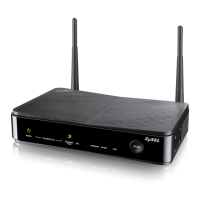

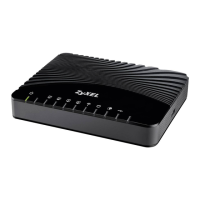



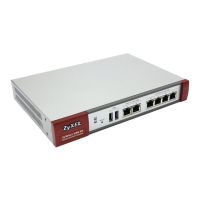
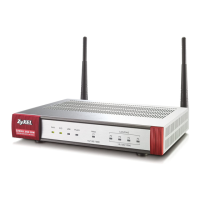
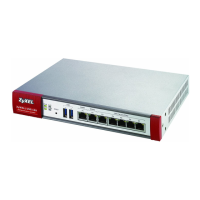



